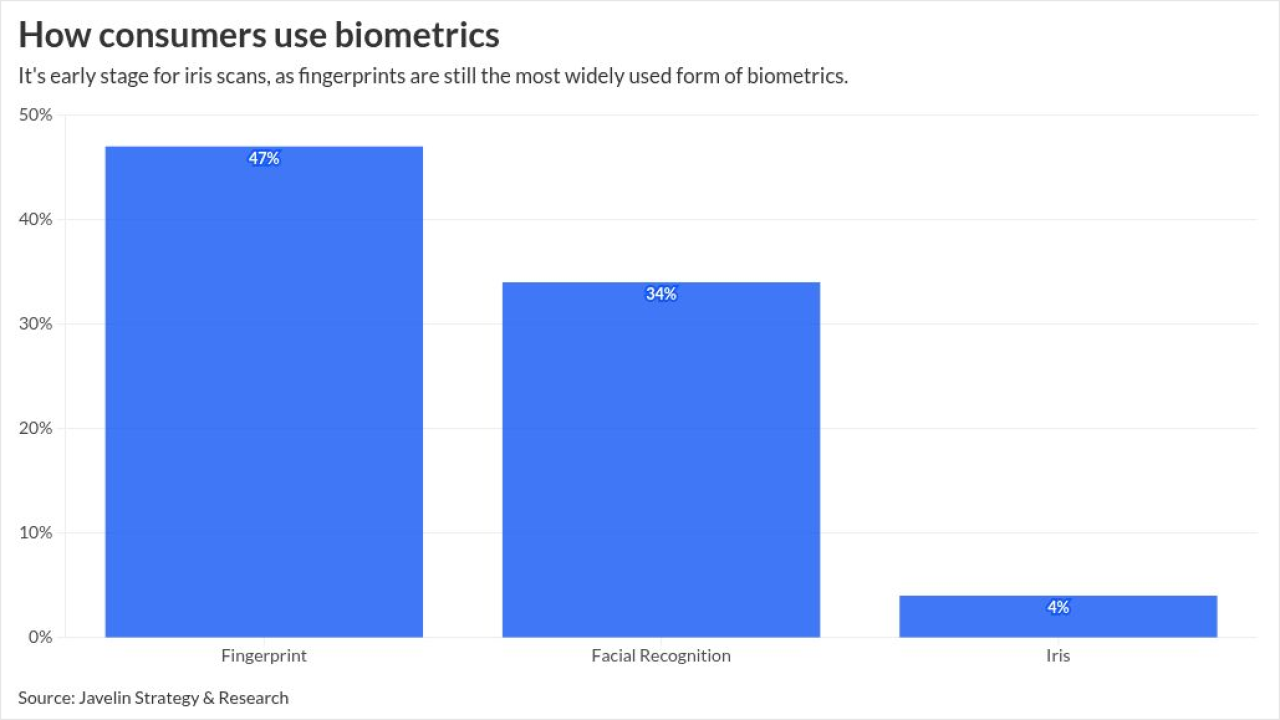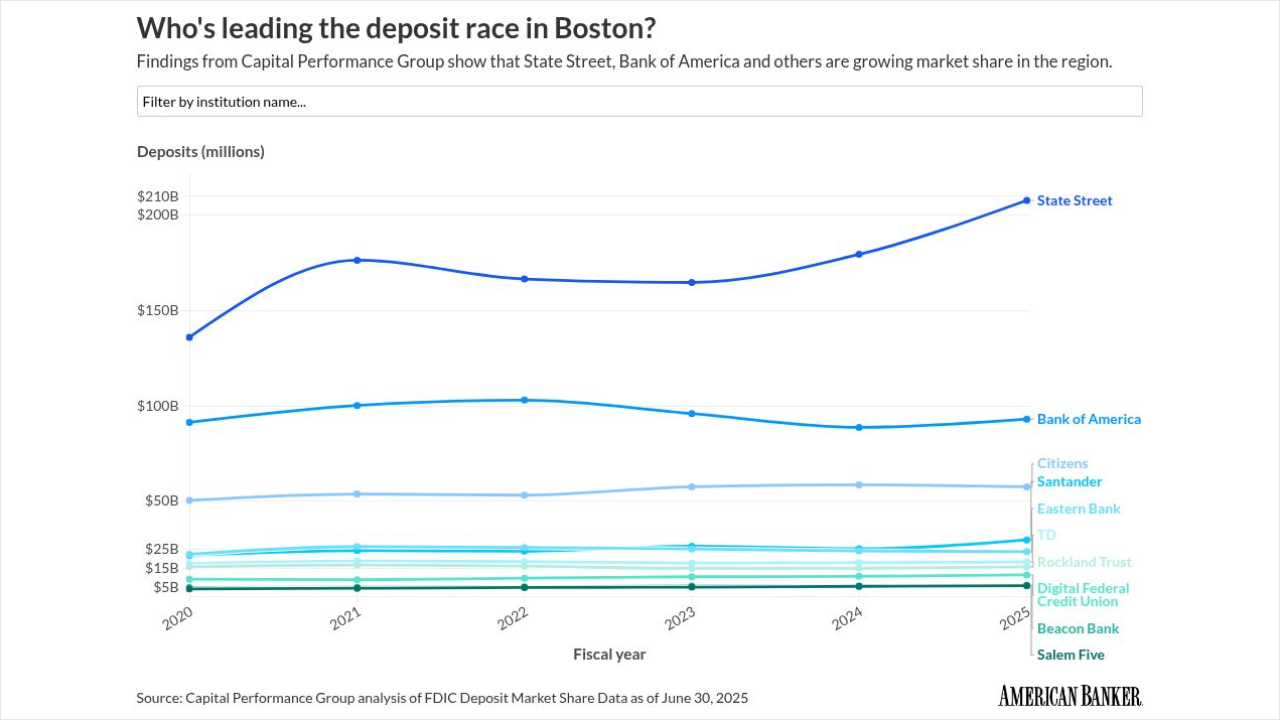The case is building for contactless, smart card-based fare collection systems as fare systems from the 1970s and 1980s reach the end of their useful lives.
The face of public transportation in the United States is changing dramatically. Programs are underway with major transit operators throughout the nation to implement contactless smart card-based fare collection systems. Transit agencies in Boston, New York/New Jersey, Baltimore, Washington, D.C., Atlanta, Chicago, Minneapolis/St. Paul, Los Angeles, San Diego, Seattle, Houston, San Francisco and other urban areas are investing hundreds of millions of dollars in a major effort to replace aging automatic fare collection systems.
First installed in the late 1970s and early 1980s, these systems are now at the end of their useful lives. Smart card technology has become the standard for many new fare systems because it meets customer requirements for quick entry and exit, ease of use and convenience, and delivers many operational advantages.
"The infrastructure is going in all across the country, and three years from now millions of public transit riders will be carrying contactless smart cards," says Greg Garback, executive officer, department of finance, Washington Metropolitan Area Transit Authority. "That smart cards are the future of public transit in America is not conjecture; it is happening."
The American Public Transportation Association reports that ridership on U.S. public transportation is on the rise, increasing 22% in the last six years, making it the fastest growing transportation sector. The association estimates that 14 million Americans move through public transportation systems daily, and they took 9.4 billion trips in 2002, just slightly down from 2001-the year that had the highest level of use in 40 years.
Investment is up too, with federal, state, and local expenditures on public transit systems totaling $15.4 billion each year for the past four years, according to APTA.
An important aspect of that investment is new fare collection systems. When transit agencies replace aging ticketing systems, they want more than just a replacement. Since the rider interacts most with the ticketing system, new smart fare cards can offer capabilities to enhance customer service, attract new riders and provide the capabilities to extend payment to potential partners.
Today, virtually all new transit fare payment systems either in the delivery or procurement stages involve the use of contactless smart cards as the primary ticket media. The table on page 16 summarizes some of the current or planned U.S. implementations of contactless smart cards for transit payment.
The historical payment model for public transportation was that every operator used a unique payment system to collect fares. Little or no interoperability existed between operators, even in the same region, or between transportation modes of the same operator.
The historical situation is changing. Transit system operators are creating logical links among agencies in a region to support a common fare medium. Just as financial-service providers have networked interoperable credit and debit payment systems, transit is working toward the development of interoperable transit payment systems.
The industry is simultaneously experiencing a once-in-a-generation investment in new technology and a wholesale shift in attitude, toward a shared infrastructure and use of the transit fare medium to pay for additional products and services. This shared infrastructure not only can improve efficiency and lower costs (from shared customer support and transaction clearing and settlement), but also can help to attract and retain new riders and open up opportunities to partner with retailers, financial institutions and employers.
This change in strategy can be illustrated by several major projects that are summarized below:
* Washington Metropolitan Area Transit Authority SmarTrip. WMATA launched a contactless smart card called SmarTrip in May 1999, with the broad objective of making transit travel simple and attractive for the customer. Just over four years later, more than 360,000 travelers have switched from paper to plastic, using smart cards to pay MetroRail system fares and Metro-operated parking lot fees. Sales at a limited number of facilities and an Internet site have remained steady at 6,000 to 8,000 cards per month.
From the customer perspective, SmarTrip's success is credited to the convenience of the card in terms of transaction speed, durability, reload capability, and ease of replacement if the card is lost, stolen or damaged.
Contracts are now in place throughout Washington, D.C., Northern Virginia, and Maryland to equip 15 more operators with SmarTrip-accepting infrastructure and begin a unified regional fare payment clearinghouse.
Since the introduction of the SmarTrip card, several pilot projects have been conducted to test the viability of multi-application cards that include transit fare payment.
As part of an agreement with First Union National Bank in 2000, 1,000 cobranded cards were issued. The cards could be used both as a contactless transit payment card in the WMATA system and as a magnetic-stripe debit card for banking transactions, or for card reload for transit use.
The cards were reissued to participants in 2002 and the pilot successfully concluded this August. Based on survey data gathered from the cardholders, consolidation of functions on a multi-application card was an attractive feature and would lead to increased use of the card.
WMATA has also entered into pilot projects with the U.S. General Services Administration and U.S. Department of Education for a cobranded combination transit/building access card. These projects were initiated in 2000 and 2002, respectively. They include approximately 2,000 cardholders between the two agencies and continue to operate today.
* San Francisco Bay Area TransLink. In 1999, the Metropolitan Transportation Commission of the San Francisco Bay Area awarded a contract for a regional fare collection system that provides a single smart card to be used on every transit system in the area. This project, in which one card can be used on all modes of transportation with numerous transit providers, is the only project of its kind in the U.S.
The first phase of the project has been operating since mid-2002, with approximately 7,000 contactless smart cards, called TransLink cards, distributed and used with the region's six largest transit operators. The project is now moving forward in a full Bay Area rollout with implementation expected to be complete by 2006. Ultimately, up to 26 transit operators could participate in the program and over 700,000 transit riders are expected to use TransLink.
The card being used complies with standards for smart cards, including ISO/IEC 7816 (the international standard that specifies a card's physical characteristics and electronic protocols) and ISO/IEC 14443 Type B (a standard for certain radio-frequency cards). The card contains 4 kilobytes of internal memory for data and application storage. The card is a dual-interface card, containing both contact and contactless interfaces for communicating with the card's microprocessor. For the transit system, the contactless interface is essential, providing ease of use and fast boarding times.
The contact interface allows the card to be used for other applications, such as at automated teller machines or point-of-sale payment terminals, where a contact slot already exists or is more acceptable. For example, the third-party merchants that provide card reload facilities use off-the-shelf POS terminals with a built-in contact smart card slot.
It was always envisioned that the smart TransLink fare card would be expanded to carry applications beyond the initial transit application. The first instance of this expansion is parking, with the smart card reader being integrated into new electronic parking meters being installed in San Francisco this year and in 2004. Other applications being investigated are tolls, taxis and retail payment.
* Ventura County Smart Card. The Ventura County (Calif.) Transportation Commission has implemented a smart card-based automated fare collection system that combines the fare medium with automated passenger counting and a Global Positioning System (GPS).
A total of 10,000 cards have been supplied, and additional cards are in procurement for the current year. The cards in use are dual-interface smart cards with 4kb of memory that comply with the ISO/IEC 7816 and ISO/IEC 14443 Type B standards. Other equipment installed includes on-bus smart card readers, drivers' consoles, automated passenger counters and POS terminals for card purchase and reload.
The campus of California State University-Channel Islands has its own version of the smart card. The card is used for transit on the Ventura County system and serves as a student identity badge for use on campus. The student smart cards carry two electronic purses-one for transit and one for use on campus. The campus e-purse will be suitable for small transactions typical at a university, such as those at vending machines, photocopiers, cafeterias, and for computer services. Other potential uses of the card include on-campus parking and building access.
* ORANGES. The Orlando Regional Alliance for Next Generation Electronic Payment Systems (ORANGES) is a Federal Transit Administration-sponsored test being conducted at a limited number of locations at the Central Florida Regional Transportation Authority (LYNX), the Orlando Orange County Expressway Authority, and the city of Orlando Parking Bureau. As participants in this regional electronic payment alliance, transit operators, toll roads and other facilities such as parking would complement each other to provide regional multi-modal applications for electronic payment.
The initiative is intended to develop an increased level of service, more value for customers, improved efficiency of shared back-office functions and the ability to provide innovative services. The long-term vision for the project is to move toward a multi-function electronic payment system capable of seamless regional operation that uses a shared payment and operations infrastructure. This system could also be used for paying non-transportation-related transactions (e.g., telephone, gasoline, groceries and other retail purchases).
* APTA Standards Program. Supporting standardization efforts, the American Public Transit Association established a Universal Transit Farecard Standards (UTFS) Program in the spring of 2002. This program is intended to help the transit community address business and operational issues and understand the technical interfaces associated with integrating independent revenue collection systems into a regional transportation payment system. The UTFS program working groups are specifying the technical aspects of fare collection systems with contributors from the transit industry, including representatives from agencies, system integrators, financial institutions, payment processors, consultants, and manufacturers of chips, cards and terminals.
The anticipated completion date for UTFS program activities is the spring of 2005. Although the standards effort is not yet complete, the transit industry is already moving toward ISO/IEC 14443 Type A (another radio-frequency standard for smart cards), or Type B for new smart card implementations. For example, the San Francisco Bay Area, Ventura County, Minneapolis/St. Paul and Boston automated fare collection systems will use contactless smart cards based on ISO/IEC 14443. The industry is also working closely with the financial sector to ensure compatible payment approaches.
There are significant opportunities for transit operators to look beyond transit payment to capitalize on a very large base of customers who carry value on the transit card, rather than cash. Transit customers want the same speed and convenience to purchase their morning coffee and newspaper as they get for boarding the bus or train. Retailers who accept the fare card for payment would handle less cash, service more customers faster, and could increase their average ticket amount by accepting the card. The retailer wins, the customer wins, and the transit operator wins.
While transit hasn't been seen as a priority market for the card industry, the widespread deployment of contactless smart transit cards offer some compelling business benefits. Millions of riders will be using and carrying contactless transit cards. The card is top of wallet, especially in the immediate vicinity of transit stations. Consumers love the convenience of the new transit cards, and many sign up for cards with little to no agency marketing.
The business potential and the convergence of retail and transit requirements-for fast, secure, reliable and convenient payment-indicate an opportunity for collaboration and partnerships. Using multi-technology or multi-application smart payment cards, transit and financial-services partners can implement combined transit-retail payment capabilities that increase consumer convenience, deliver value to retailers, and lower overall costs.
Challenges
This is not to say that there aren't challenges. Numerous business and technical issues must be resolved-including selection of standards, use of compatible payment methodologies, upgrading of retailers' POS terminals, changes in fraud exposure and liability, and development of programs to drive consumer acceptance-to develop combined payment approaches that can be used across the transit and retail/financial industries.
The opportunities, however, are compelling. Transit investment is being committed. Plus, within the financial industry, there is an increased awareness of the benefits of contactless retail payment, with strong positive results being reported from MasterCard International's PayPass and American Express Co.'s ExpressPay tests.
Strategically, transit operators are now exploring the potential for linkages to formerly disparate markets and looking to develop partnerships with employers, financial-service providers, retailers, and other transit providers. With new infrastructure being put in place, the time appears to be right for transit-financial partnerships that can differentiate product and service offerings, capture new customers and deliver real value to consumers and merchants.
Randy Vanderhoof is executive director of the Princeton Junction, N.J.-based Smart Card Alliance, a not-for-profit, multi-industry association working to accelerate the acceptance of smart card technology. He can be reached at rvanderhoof
This article was compiled from two Smart Card Alliance white papers, "Transit and Retail Payment: Opportunities for Collaboration and Convergence" (October 2003) and "Contactless Payment and the Retail Point of Sale: Applications, Technologies and Transaction Models" (March 2003). It also uses data from the American Public Transport Association (APTA) and the Intelligent Transportation Society of America (ITSA). The opinions expressed are those of the author and not necessarily of CCM.
-
The technology company recently announced iris authentication in smart glasses, bringing new attention to a nascent high-tech payment option that has also attracted Mastercard and Bank of America.
November 28 -
After buying the failed Silicon Valley Bank, the Raleigh-based regional joined a growing number of banks fighting to serve Boston's tech startups, life sciences entrepreneurs and fund investors.
November 28 -
Now that the Consumer Financial Protection Bureau has refused to request funding from the Federal Reserve System, many experts see the case making its way to the Supreme Court.
November 27 -
The two regional banks, which are combining in a merger of equals, had previously said they expected to complete the deal sometime in the first quarter of 2026.
November 26 -
The bank is a step closer to having its own U.S. dollar-pegged cryptocurrency. It could become the first major financial institution to issue a stablecoin.
November 26 -
Recent high-profile ethics violations by senior Federal Reserve officials, including new revelations concerning stock trades by former Fed Gov. Adriana Kugler, have sparked debate over the effectiveness of the central bank's oversight, even as some observers stress such cases remain rare.
November 26





